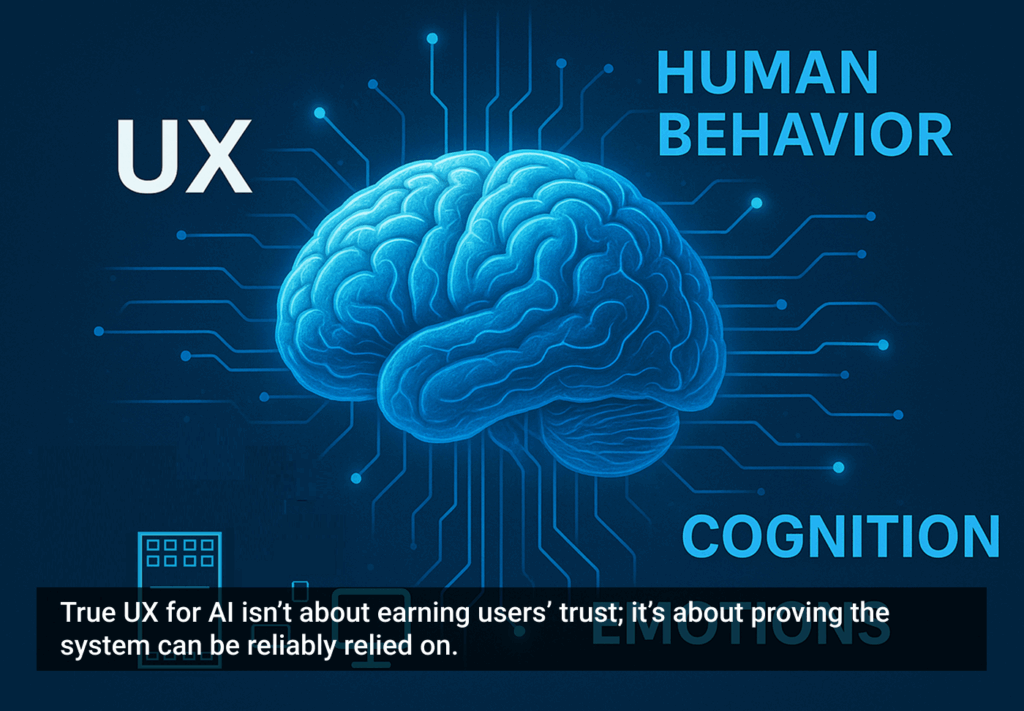We are excited to announce that the international Design for Experience (DfE) awards are back! This year’s program, which UX Magazine presents in partnership with DfE, will showcase the best work done in 2014, with the call for entries open now. Do you know of any individuals, organizations, or products that demonstrate a thorough understanding of experience design? Submit a recommendation using the form on the right.
The DfE awards don’t just recognize excellence for its own sake. The program draws valuable lessons from leading examples of mastery in UX and related fields, which become valuable resource material for the experience design community. Last year’s inaugural program recognized excellence in experience design from 2013, and we’re still exploring the results in an ongoing series of articles.
The Design for Experience (@DfExp) awards are now accepting applications and recommendations!
As UX Magazine readers know, there’s been plenty of activity in our industry over the past year, and we’ve got some new categories that reflect the trajectory of experience design, including Building Trust, Advanced Experience Ecosystem, and Disruptive Experience. We’ve also added some categories in response to the expansive nature of experience design, like Digital Media Experience and Enterprise or Business Solution.
Many of last year’s judges have joined us once again, and we’re excited to have some new luminaries in the mix, including UX Mag contributors, Joseph Dickerson, Tyler Wells, and Peter Morville. We’re also being joined by one of UX Magazine’s original founders, Alex Schleifer. Our judges want to know what can be learned from your work, and how it can advance our understanding of best, leading practices in UX. The focus on learning is key in the selection of award winners.
We’ll be sharing more information about the program in the coming weeks, so sign up for email updates as well.
Apply for an award on or before January 3rd, and take advantage of a discounted application fee!







